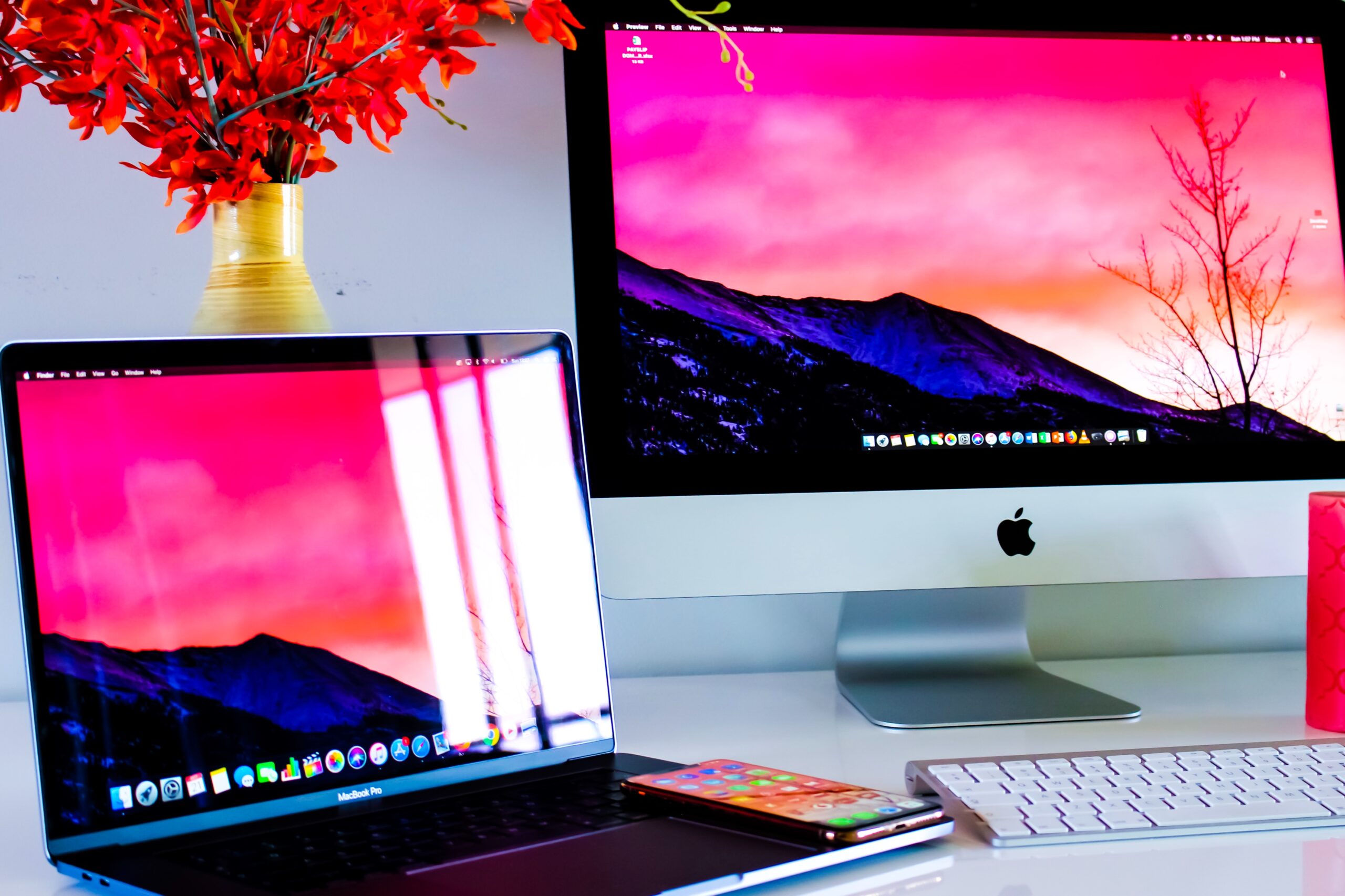Want to make your office green? Here are some easy tips to make your office green and more sustainable. These tips go further than a paperless office, working from home and stimulate natural light. There are always ways for employees and companies to embrace sustainable policies at the office.
With Earth Day in mind, here are 10 ways to make your office green.
Initiate a Green Team
A Green Team can raise awareness under workers. It’s a way to accomplish more. The Green Team can start a successful recycling program, stimulate energy-efficient changes, purchase sustainable cleaning products and monitor sustainability goals of the company.
Tip: Make sure the Green Team is a representation of the company. Don’t allow the Green Team to only have member that fully support sustainability, but rather choose members that can have a positive influence on the company and other workers to actually adapt sustainable adaptations.
The Green Team focuses on education, engagement, monitoring and inspection. So be aware to not only have great proposals, but also keeping the results as planned.

Create green challenges
Monthly green challenges have different goals and could have different positive results.
- It stimulates workers, teams and departments to engage in a green office.
- It shows the company and workers what can actually be achieved.
- It engages workers in the company’s sustainability goals.
A challenge means organisation and rewards. Choose small but environmental friendly prices, like Fair-trade coffee, plants or a tree.
Turn off lights and appliances at night and during weekends
Walk through a random city at night and notice the amount of energy being wasted on lightning and appliances that are turned on for absolutely no-one.
Initiate a very strict ‘everything off’ rule at night. Switch off computers, unplug appliances and turn off the lights.
This additionally saves the company money on energy costs, which can be an important point to convince managers of this sustainability improvement.

Purchase sustainable office products
Sustainable procurement should be standard in every office nowadays. Sustainable products at the office are the new big thing, and quite a logical step forward.
Choose green products, energy-saving appliances (A+++), bamboo products, refurbished appliances, organic food and drinks, fair trade product, etc.
Go for green energy
This is an easy and obvious measurement to make your office green. Change the energy supplier towards a green energy supplier. Don’t go for just a random energy supplier, but take your time to choose the best and most environmental friendly energy supplier. Make the switch!
Green energy is primary from renewable sources, which are wind and solar energy resources. More and more, energy suppliers have competitive pricing.

Make a temperature plan
Many offices are very badly regulated in terms of temperature, which actually results in an uncomfortable place to work. Think about over air conditioned in the summer, employees are wearing sweaters to work while it’s 30 degrees Celsius outside and in winter it’s cold inside and badly insulated.
Experiences in other companies show that changing the temperature just a few degrees can actually save a bunch of energy and energy costs on a yearly basis.
Have a paperless office
This is another obvious solution. Always choose for digital documentation instead of paper. The thing is that printing and storing paper documentation consumes a lot of resources and energy, while nobody really appreciates it anymore. It’s old school.
A paperless office assumes limiting the use of printing and paper at the office, but also stimulating your suppliers and clients to go paperless.
A paperless office is a tangible measurement towards reducing the carbon footprint of the office.
Make the office green (literally)
Introduce plants and flowers at the office. They greatly improve the work space and work atmosphere, giving the office a more homely and comfortable look and feel. Additionally, they also keep a clean and healthy air by producing oxygen and purifying the air in a natural way.

Increase natural light
Sunlight makes you happy and more productive, research shows. It gives you a feeling of being awake. Natural sunlight has way better characteristics than indoor lightning.
Improving natural sunlight at the office, means moving desks closer to the windows and allowing sunlight to enter the office through big windows without anything blocking the sunlight to come in.
In winter, natural sunlight will warm up the office.
I also advice you to replace light bulbs with LED lights and incorporating sensors and timers in the lightning system to be able to organize lightning at the office following a natural schedule.
Encourage green transportation
This is quite an easy measurement as well to make your office green. Green transportation is for example:
- Giving employees (a discount on) electric bikes to stimulate them to bike to work.
- Stimulating the use of public transport, for example with financial compensation.
- Stimulate carpooling by organising schedules.
- Stimulate sustainable business traveling.
Good luck and share your experiences with others!













